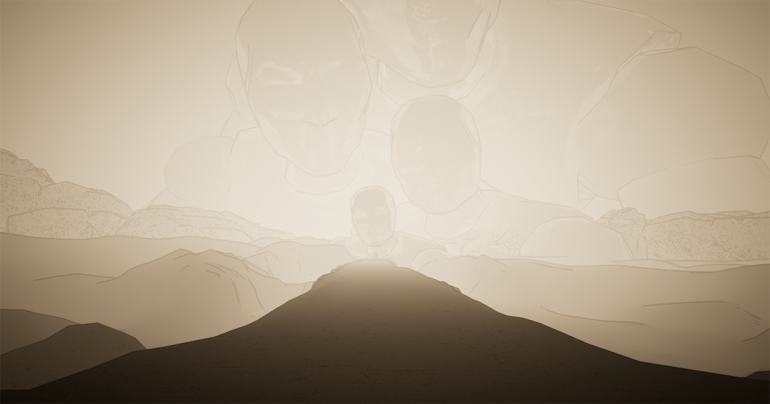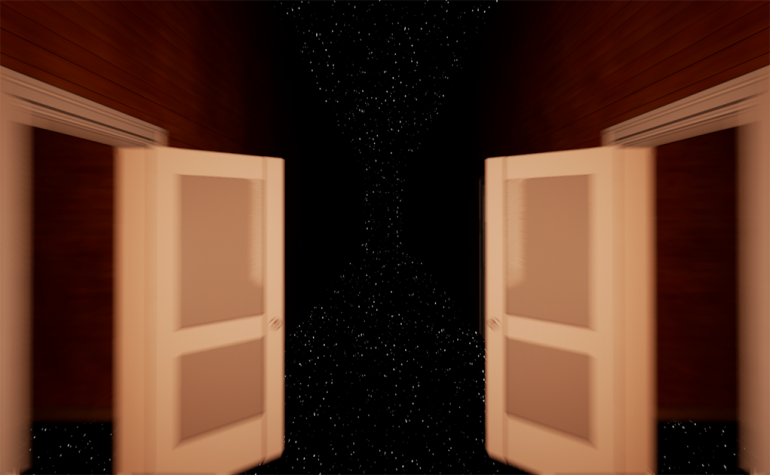This winter, I attended the Indie Gaming Assemble in Valenciennes, France, to talk about vignette games. The vignette format is a powerful narrative tool that I used to create the experimental game Fleeing Forward. This post is about giving you a clearer idea of what the format is, and how it differs from more traditional ones.

I started making vignette games after a few emotionally exhausting months. During harsh times, in order to process intense feelings, I usually write as much as I can. Writing always acted as a great remedy for me. But not that time; last year, I could not write anything.
Maybe you’ve had moments like this, too, at some point in your life. You know when, sometimes you want to say something, but you don’t have the words ? It is so clear in your mind, you know it’s real, you’re feeling it strongly, but you can’t find the words for it. You’re just limited by your vocabulary. No matter how well-spoken you are
So I made a very good decision. Since I could not articulate these locked-up feelings using words. I closed my word editor and opened up my game editor. And turned these feelings into this small game: a collection of 4 vignettes totalising a playthrough of about 10 minutes.

One of the first things I learned when working with vignettes is that they are not so good to tell a story. If I had written a specific script, or had this amazing fiction in my head that I wanted to share, then other formats might have been way better for that.
But while I could not come up with a specific narrative, I could still evoke one. I could not make a direct argument, but I could depict something I felt. In other words, what I’m trying to show in these games is not a result, or an outcome. I’m really just showing a system. And I’m inviting the player to confront it, and maybe relate to it.

Making these games also made me realize that I don’t exactly want to tell stories to players. I just want people to know me better. I want to share how I feel rather than elaborately talk about my experiences. Sharing the feeling itself is sufficient, so someone else can map it to his or her own experience.
I’m searching for a direct conduit between the player and the creator. Because I know I am not good at making games telling stories through fiction. So I’d rather talk to the player through real-time interaction. In other words : the system is the message. The content of the message is becoming increasingly less important to me, because I believe game narrative is less about what we say than how we say it.
